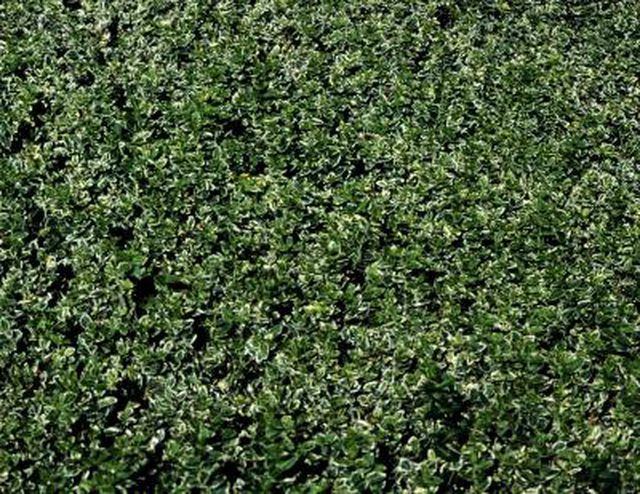Bulbs
Flower Basics
Flower Beds & Specialty Gardens
Flower Garden
Garden Furniture
Garden Gnomes
Garden Seeds
Garden Sheds
Garden Statues
Garden Tools & Supplies
Gardening Basics
Green & Organic
Groundcovers & Vines
Growing Annuals
Growing Basil
Growing Beans
Growing Berries
Growing Blueberries
Growing Cactus
Growing Corn
Growing Cotton
Growing Edibles
Growing Flowers
Growing Garlic
Growing Grapes
Growing Grass
Growing Herbs
Growing Jasmine
Growing Mint
Growing Mushrooms
Orchids
Growing Peanuts
Growing Perennials
Growing Plants
Growing Rosemary
Growing Roses
Growing Strawberries
Growing Sunflowers
Growing Thyme
Growing Tomatoes
Growing Tulips
Growing Vegetables
Herb Basics
Herb Garden
Indoor Growing
Landscaping Basics
Landscaping Patios
Landscaping Plants
Landscaping Shrubs
Landscaping Trees
Landscaping Walks & Pathways
Lawn Basics
Lawn Maintenance
Lawn Mowers
Lawn Ornaments
Lawn Planting
Lawn Tools
Outdoor Growing
Overall Landscape Planning
Pests, Weeds & Problems
Plant Basics
Rock Garden
Rose Garden
Shrubs
Soil
Specialty Gardens
Trees
Vegetable Garden
Yard Maintenance
How to Transplant a Laurel Hedge
How to Transplant a Laurel Hedge. Laurel hedges are popular for creating borders and privacy hedges. Laurel plants grow up to 10 feet in height, which can cause problems in some areas of the yard where they are shading grass or ornamental plants. You might need to transplant your laurel hedge to increase sunlight in some areas. The best time to...

Laurel hedges are popular for creating borders and privacy hedges. Laurel plants grow up to 10 feet in height, which can cause problems in some areas of the yard where they are shading grass or ornamental plants. You might need to transplant your laurel hedge to increase sunlight in some areas. The best time to transplant a laurel hedge is in the fall before the ground freezes or in the spring when new buds are forming.
Things You'll Need
Shovel
Measuring tape
Saw
Burlap sack
Wheelbarrow
Walk out into the yard to find a planting location to plant the laurel. It is important to choose and prepare the new planting site before digging up the laurel to prevent its root system from drying out. Pick a location that receives partial shade or full sunlight. Shady locations raise the risk for diseases.
Dig a planting hole for the laurel that is 12 inches wide and 6 inches deep. Make sure the planting hole is far away from other plants. For example, small laurel hedges need 6 to 8 inches of space between plants, medium-size hedges need 18 to 36 inches of space, and large laurel types need 6 feet of space.
Wrap a measuring tape around the diameter of the trunk. Multiply the number by 12. You need 12 inches of root ball for every 1 inch of trunk. For example, if your laurel has a trunk diameter of 4 inches, you need to dig a trench around the plant 48 inches away from the plant to get the roots. The trench must be 15 to 24 inches deep.
Push the laurel's root system through the soil with a shovel. Cut any stubborn roots with a saw. Place the hedge on its side, and wrap a moist burlap sack around its roots. Set the plant in a wheelbarrow to move to its new location.
Measure the rootball, then increase or decrease the size of the planting hole so that it is twice the size as the diameter of the roots. Add or remove soil from the hole. Plant the laurel hedge at the same depth as it was in its former location. Set the hedge in the hole, and pack soil around its base. Water the laurel it its base.
Tips & Warnings
Fertilize your laurel hedge in the spring and summer months with a slow-release fertilizer.
Avoid planting the laurel hedge in a location that will not accommodate its mature height and width.